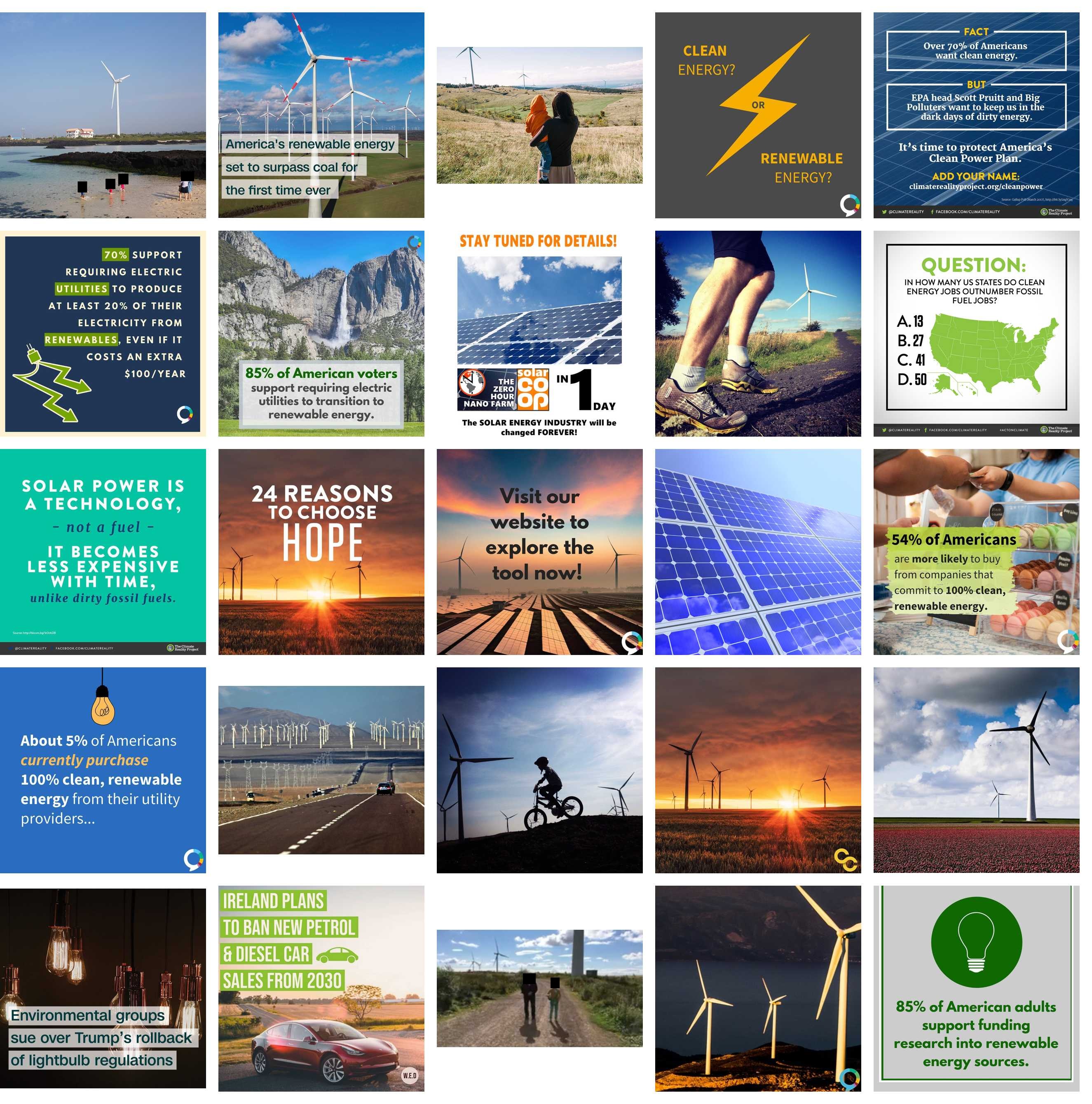At the Infolab we do research on all aspects of social data science: we define mathematical models to represent contemporary social data, so that it can be processed by computers, we develop computational analysis methods, we implement our models and methods in publicly available software, and we apply them to perform empirical social data analyses. These applications allow us to test our theoretical advances and provide requirements for new developments.
Research areas

Social network analysis

Social cybersecurity

Visual political communication
Sponsors
The Infolab is or has been funded by the following projects:
International research projects and funded collaborations
VISUAL PERSUASION IN A TRANSFORMING EUROPE: the affective and polarising power of visual content in online political discourse (PolarVis)
Funding from: Chanse programme (FORTE)
Period: 2022-2025
In short: PolarVis examines the role of digital visual content as a beacon of belonging and polarisation in contemporary political life.
NORdic observatory for digital media and information DISorder (NORDIS)
Funding from: EU CEF Telecom
Period: 2021-2023
In short: The Nordic Hub of the European Digital Media Observatory (EDMO), consisting of four academic nodes and four fact-checking organisations.
Online disinformation: an integrated view
Funding from: NOS-HS
Period: 2019-2020
In short: Resources to organise a series of Nordic workshop on online disinformation and establish an interdisciplinary network of researchers.
VIRT-EU: Values and Ethics in Innovation for Responsible Technology in Europe
Funding from: The European Union’s Horizon 2020 research and innovation programme
Period: 2017-2019
In short: A project where we developed a new version of our analysis software and applied it to the study of the online IoT community.
Initiation grant
Funding from: STINT
Period: 2017-2018
In short: Seed funding for the establishment of a collaboration with TokyoTech.
National research projects and funded collaborations
eSSENCE
Funding from: Swedish Government
Period: 2024-2029
In short: Partial funding for a PhD student position on the development of e-science methods for social cybersecurity.
eSSENCE
Funding from: Swedish Government
Period: 2022-
In short: A Swedish strategic collaborative research programme in e-Science
Visual Politics: A Deep Learning Approach to the Spread and Stick of Political Ideas
Funding from: Swedish Research Council (VR)
Period: 2022-2025
In short: A project on methodological and empirical advances in the analysis of online visual political communication.
Funding from Uppsala University
Graduate school in cybersecurity
Funding from: Department of Information technology
Period: 2024-2029
In short: Partial funding for a PhD student position in social cybersecurity.
AI4Research Sabbatical
Funding from: AI4Research
Period: 2024
In short: Internal sabbatical (50%) at the AI4Research center to write a textbook on social data mining.
Digital politics (Research Network)
Funding from: Centre for Integrated Research on Culture and Society (CIRCUS)
Period: 2022-2023
In short: Seed funding for the establishment of a cross-Faculty research network.
Self-referential perception at the macro level
Funding from: Centre for Integrated Research on Culture and Society (CIRCUS)
Period: 2021
In short: Seed funding to prepare larger project proposals involving the analysis of longitudinal population-level social networks from registry data.
AI and political communication
Funding from: AI4Research
Period: 2020-2021
In short: Internal sabbatical (50%) at the AI4Research center on using deep neural networks to study online visual political communication.
Travel grants
Research stay
Funding from: AccelNet-MultiNet
Period: 2025
In short: Research stay at Indiana University (recipient: Georgios Panayiotou).
Research stay
Funding from: Karl Staaff Foundation
Period: 2025
In short: Research stay at New York University (recipient: Matias Piqueras).
Research stay
Funding from: SoBigData
Period: 2024
In short: University of Pisa (recipient: Georgios Panayiotou).
Research visit
Funding from: Institut français de Suède
Period: 2023
In short: University of Bordeaux (recipients: Matteo Magnani, Georgios Panayiotou).
We also thank Uppsala University for providing funding to create the International Master’s programme in Data Science (started in the Fall 2020) and our interdisciplinary introductory course on computational social science (first taught in the Spring 2022), and the Division of Computing Science at the Department of Information Technology for continuous support.